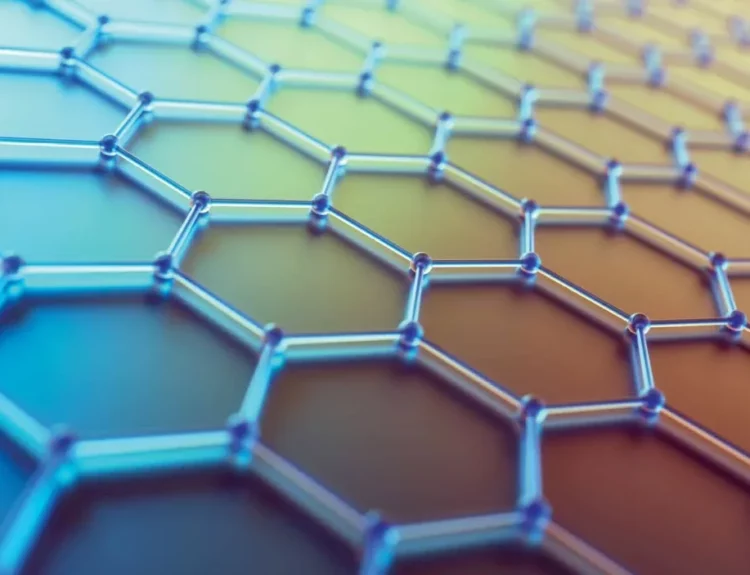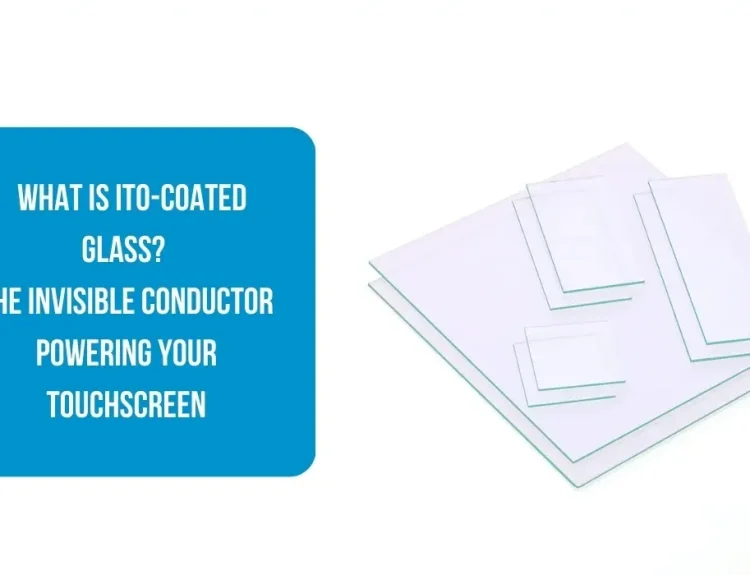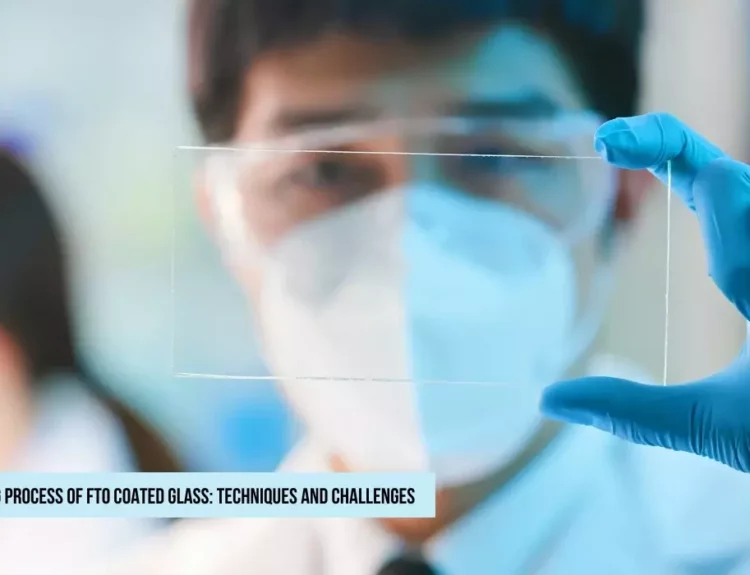Introduction
In the world of technology, flexible electronics represent a groundbreaking shift from traditional rigid devices to bendable, foldable, and even rollable gadgets. Imagine a smartphone that can be folded like a piece of paper or a tablet that can wrap around your wrist. This exciting innovation is made possible, in part, by Indium Tin Oxide (ITO) coated glass slides. These unique slides combine electrical conductivity with transparency, making them perfect for flexible electronic applications.
What Are ITO Coated Glass Slides?
ITO coated glass slides are made by applying indium tin oxide’s thin layer onto the glass. This coating has two crucial properties: it conducts electricity and allows light to pass through. This makes ITO coated glass slides an ideal material for use in electronic displays and touchscreens.
The Role of ITO in Flexible Electronics
Flexible Displays
How It Works: In flexible displays, ITO coated glass acts as a transparent electrode, a crucial screen part that helps control the pixels.
Benefits: The flexibility of these displays allows them to bend and fold without breaking, enabling new types of devices like foldable phones and rollable televisions.
Touchscreens
How It Works: ITO’s conductivity and transparency make it perfect for touchscreens, where it forms the top layer that users interact with.
Benefits: Flexible touchscreens can be integrated into wearable devices, making them more comfortable and convenient.
Wearable Electronics
How It Works: Wearable devices, such as smartwatches and fitness trackers, use flexible electronics to fit comfortably on the body.
Benefits: ITO coated glass slides allow these devices to have transparent, responsive touchscreens that are also durable and bendable.
Challenges in Using ITO for Flexible Electronics
Brittleness
Problem: Traditional ITO films can be brittle and prone to cracking when bent.
Solution: Researchers are developing new ways to make ITO films more flexible and less likely to crack.
High Cost of Indium
Problem: Indium is a rare and expensive material.
Solution: Finding alternative materials or methods to reduce the amount of indium needed can help lower costs.
Durability
Problem: ITO films can degrade over time, especially when bent repeatedly.
Solution: Advances in material science are focused on making ITO films more durable and long-lasting.
Recent Advances in ITO Coated Glass for Flexible Electronics
Improved Flexibility
Advancement: New techniques in applying ITO coatings have made them more flexible, allowing for more excellent bending and folding without damage.
Impact: This makes creating more durable, flexible electronic devices possible.
Hybrid Materials
Advancement: Combining ITO with other flexible materials like polymers has resulted in hybrid films that maintain conductivity and transparency while being more flexible.
Impact: These hybrid materials are crucial to developing flexible electronics.
Nanotechnology
Advancement: Using nanotechnology, scientists can create ITO films with enhanced properties, such as increased flexibility and improved electrical performance.
Impact: Nanostructured ITO coatings produce more efficient and versatile flexible electronic devices.
Future Prospects
The future of flexible electronics looks incredibly promising, with ITO coated glass slides playing a central role. As research continues to overcome the challenges of flexibility, cost, and durability, we can expect to see even more innovative applications. Possible future developments include:
- Foldable and Rollable Displays: More advanced and reliable displays can be folded and rolled for easier portability.
- Wearable Health Monitors: Flexible screens and sensors integrated into clothing or directly onto the skin for continuous health monitoring.
- Flexible Solar Panels: Bendable solar panels that can be placed on various surfaces, from rooftops to backpacks, providing portable and adaptable energy sources.
Conclusion
ITO coated glass slides are essential components in the rapidly evolving field of flexible electronics. Their unique electrical conductivity and optical transparency combination make them perfect for various innovative applications, from foldable smartphones to wearable health devices. Despite the challenges of brittleness, cost, and durability, recent advances in materials science and technology pave the way for a future where flexible electronics are an internal part of our daily lives. As research continues, the potential for new and exciting flexible electronic devices is limitless, promising to revolutionize our interactions with technology.
To purchase this product, please follow the links given below.
2-Shilpent







